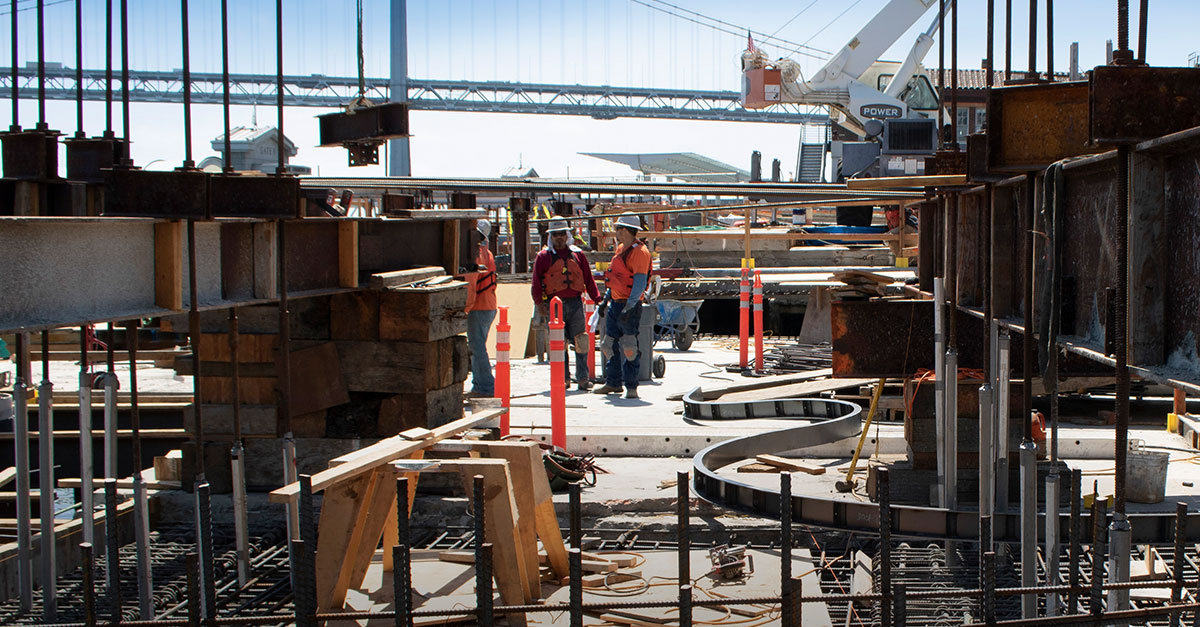Five Tips for Construction Teams Who Want to Improve Productivity
More and more construction companies are looking for ways to keep projects on track. Despite consistent growth for the industry overall in the recent past, construction’s annual productivity growth has only increased by one percent in the past 20 years. Given the importance of improving productivity, now is the time to address the issues that have limited efficiency on-site and off.
5 tips for improving jobsite productivity
The construction industry’s productivity lag can be attributed to five trade-specific problems:
- Lack of technological advancement
- Miscommunication
- Coordination issues
- Inefficient use of time
- Lack of context around work
Here’s how to address each:
1. Go paperless
Going paperless is the foundation of a digital transformation. Digital formats have many benefits; they can be shared, searched, and stored easily. It's the first step to making information accessible to everyone and enabling real-time collaboration. However, beating paper is hard and can only be achieved with tools that produce a higher benefit for the end-user.
Tip: Digitize plans, forms, and reports to improve coordination, communication, consistency, and compliance.
2. Leverage the cloud
The cloud is one of the wonders of the internet age. SaaS has produced off-the-shelf, ready-to-go solutions for most of the common problems many companies face. These solutions are high-quality, secure, and come at a price that custom-developed software simply cannot match. Every company should leverage cloud software to improve productivity and save on resources.
Tip: Adopt cloud software that focuses specifically on addressing gaps in information where it matters most: the jobsite.
3. Look beyond wrench time
It's important to optimize all work, not just the work you can see or the work that has a name. 70% of a tradesperson’s time on-site is spent coordinating — preparing, transitioning, and waiting for materials, equipment, and information. That leaves just 30% for wrench time. Optimizing for the “forgotten” coordination time can bring about massive productivity gains.
Tip: Focus on minimizing so-called “downtime” by getting everyone on the same page before the workday begins.
4. Connect data to work
Connecting data to work is about getting information to the tradesperson or operator. Data is valuable and should be made accessible to all, not just something for management to report on. This will help craftspeople perform better while also providing a way for management to align with ground truth.
Tip: Provide context around tasks, giving your tradespeople all the information they need to do the job without inefficent back-and-forth.
5. Change the rules
Most processes on-site were built defensively over the last several decades — and are the reflection of a paper-driven, pre-digital age and often the barrier to reaching higher levels of productivity. Once you've adopted digital and reached higher levels of productivity, you're ready to challenge the established order and ask why processes are the way they are — and then define better ones.
Tip: Forget playing by the rules of traditional communication and accelerate jobsite production.

The world's critical infrastructure deserves our collective best efforts to work productively in concert and challenge the status quo. Remember, the partners you choose on this journey matter; let’s think smart and go build it together.

 Tara Callinan •
Tara Callinan • 
















